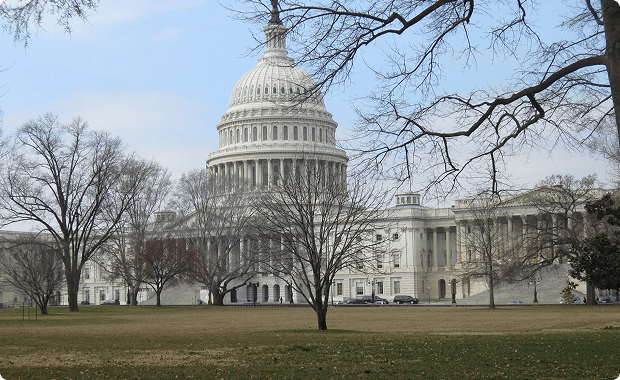Animal Health
Increase funding for resources to prevent the spread of livestock and poultry diseases as well as educating the agricultural community and the public on the importance of biosecurity.
Dairy
Encourage policy making that will restore the country’s fluid milk consumption, enforce FDA’s standard of identity for milk, and make dairy a profitable business again to prevent the continuous decline of losing generations of dairy farmers
Energy
Create a diverse, domestic energy supply to fuel America’s economic growth and prosperity while strengthening our energy security.
Environment
Ensure conservation practices remain voluntary as farmers and ranchers already are working to improve air, water, and soil quality in addition to reducing regulations that impacts farmers’ ability to put food on tables.
Farm Bill
Educate and advocate on the need for a farm bill in 2025
Labor
Enact legislation that helps farmers and ranchers meet their labor needs, and update H-2A rules that enhance farmers’ ability to hire the workers they need
Transportation
Ensure farmers have safe and quality roadways to deliver their products while increasing supply chain efficiency and working to reduce regulations for transporting agricultural goods.
Wildlife
Reform legislation such as the Endangered Species Act and the Migratory Bird Treaty Act to address the modern-day population of species that are harming crops and livestock, while working to increase data collection on wildlife species to provide for accurate decision making in the process








